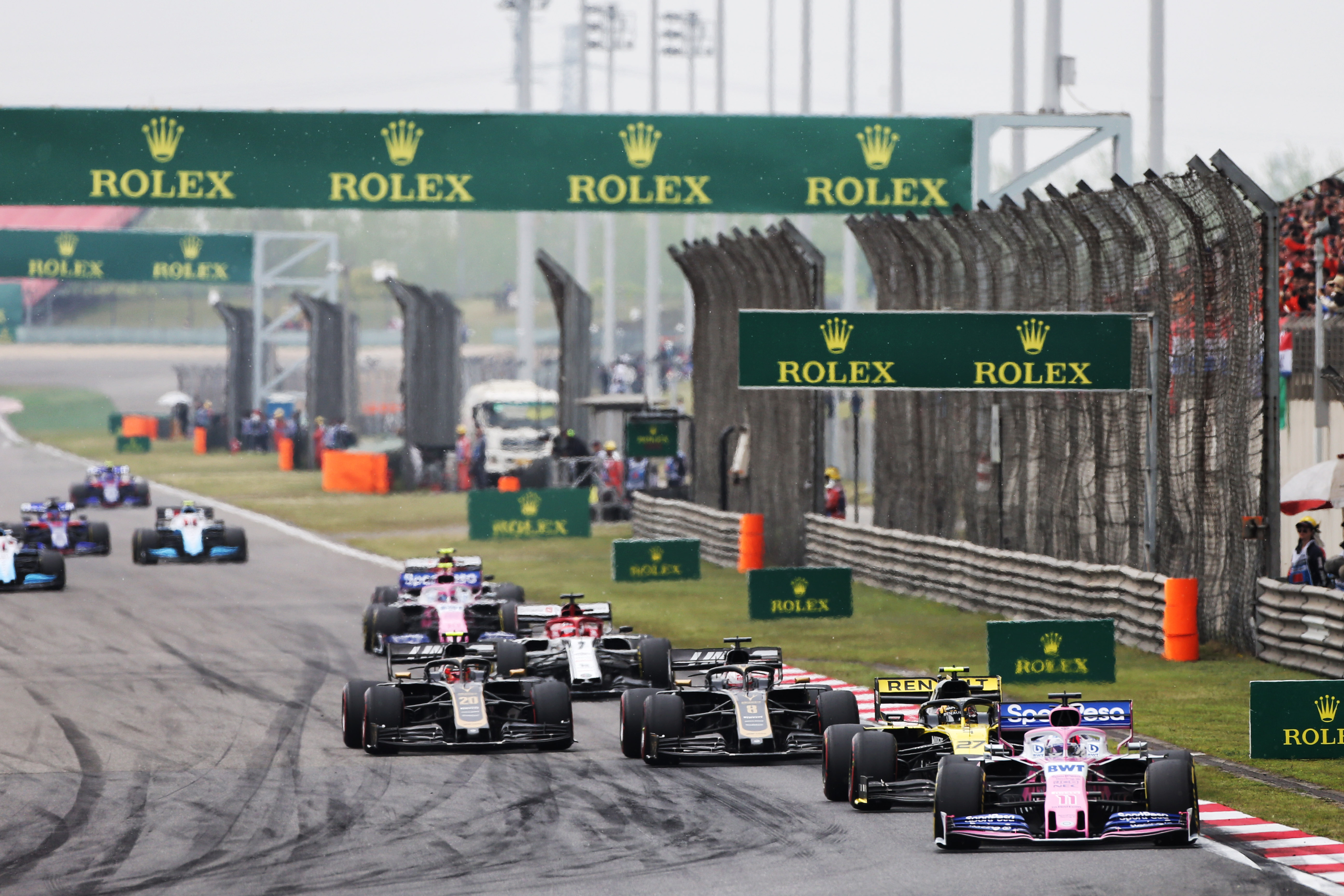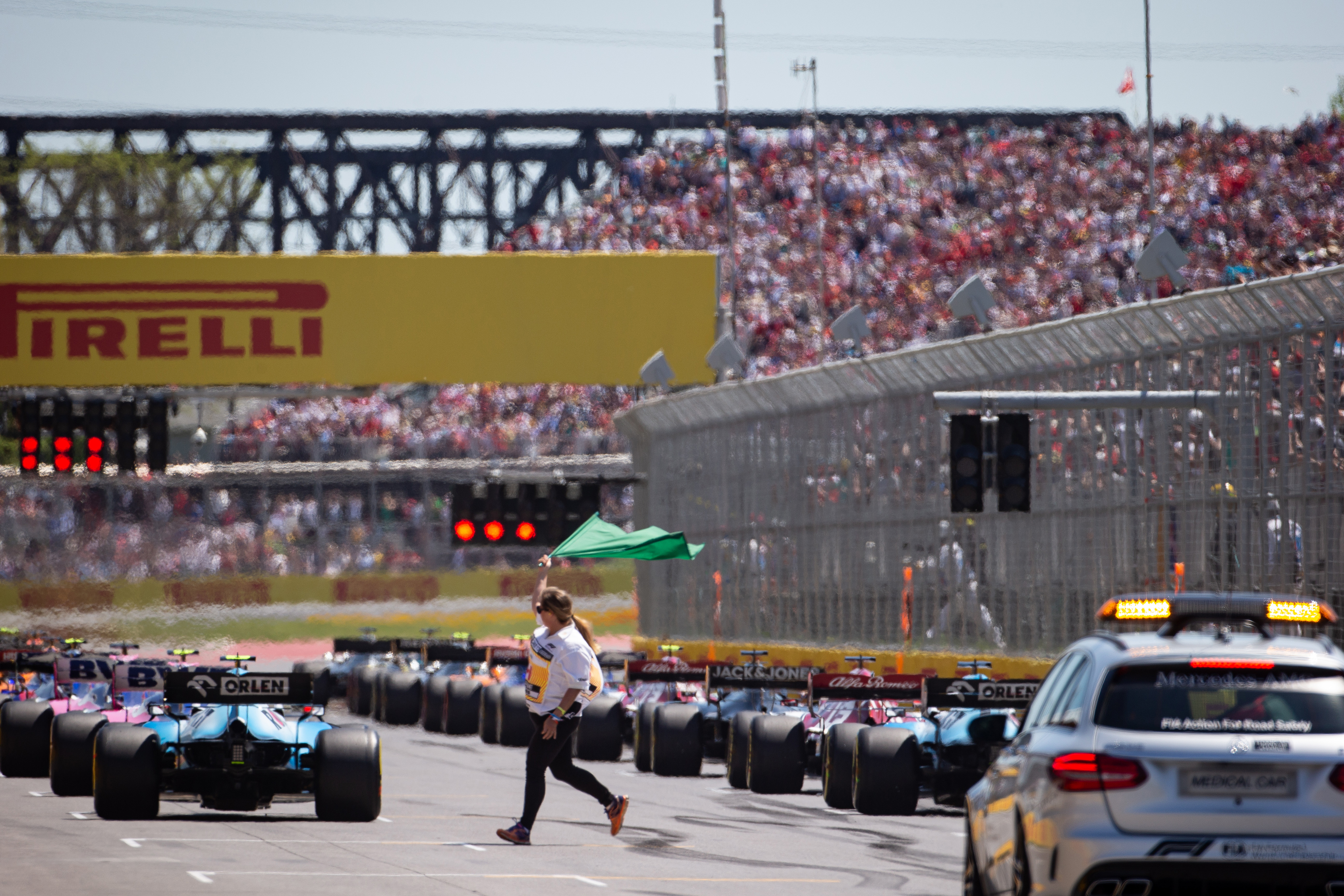Formula 1’s revised rules offer clues to how weekend formats may be shaken up to help condense the championship when it can finally begin after the COVID-19 crisis.
While some races in the second half of the year may be able to retain their original dates, the first nine races have been postponed or cancelled and at least six of those will expect to be rescheduled.
Special measures have been taken to allow governing body the FIA to push through rule changes quickly in order to expedite a revised 2020 calendar.
The World Motor Sport Council has granted a “delegation of authority” to FIA president Jean Todt, which gives him emergency power to take any decision in connection with 2020 calendars if required “as a matter of urgency”.
And Article 5.5, which requires the final list of races be published by the FIA before January 1, has been scrapped to allow the FIA and F1 to change the calendar as appropriate.
However, while rescheduling races is relatively easy in terms of assigning dates, doing so in a responsible way is trickier.
“If we were able to start at the beginning of July we could do a 19-race season,” said F1 sporting boss Ross Brawn last week. “Three races on, one weekend off, three races on, one weekend off.”
To facilitate that kind of schedule, changes will be needed to the way F1 events work – for example, the Chinese Grand Prix is expected to be turned into a two-day event.

An article has been added to the sporting regulations that allows certain parts of the rules to be changed with only 60% support from teams, instead of unanimity, and these range from complete articles to specific items within the rules.
By naming specific articles, the FIA is pointing to what will need to be changed to facilitate the sort of schedule F1 may need to resort to.
The main areas the strengthened powers cover relate to stipulations around free practice sessions. Pre-event scrutineering (which takes place on Thursday), two 90-minute practice sessions “on the second day of the event” and a one-hour practice sessions “the day before the race” are all subject to change.
And the FIA has also highlighted all of the regulations that are impacted by the trio of practice sessions that currently make up the weekend schedule: changes of driver once it has started, spare cars, spare engines and spare gearboxes, press conferences, team manager meetings and drivers’ briefings.
That suggests Friday running will be open to elimination from the schedule as required, with scrutineering shuffling back one day ahead of a Saturday that comprises at least one 60-minute practice session, and qualifying.
The articles specified by the FIA exclude qualifying, and the sporting regulations still decree that qualifying will take place on the day before the race and will start no less than two hours after the end of FP3, which suggests that qualifying will remain untouched for now.
But this could change with full support of the teams – as was the case when Typhoon Hagibis forced Saturday action to be cancelled at the Japanese Grand Prix – and the FIA has targeted rules that relate to the timing of qualifying.
It now has the power to more easily amend the pre-race parc ferme process and starting procedure.

Presently, the cars are covered and sealed within three and a half hours of the end of qualifying, no work of any kind may be carried out on the car, and the covers/seals are removed five hours and 10 minutes before the start of the formation lap – but the cars remain under parc ferme conditions until the start of the race.
The fact this part of the rules has been specified could be a precursor to qualifying taking place on Sunday morning.
Similarly, the pre-race rules stipulate the pitlane exit will be opened 40 minutes before the start of the formation lap, lay out the requirements for reconnaissance laps before joining the grid, and close the pitlane exit 30 minutes before the start of the formation lap, which stops any car still in the pitlane starting from the grid.
It could be that these will also be changed to help facilitate Sunday morning qualifying, to give teams more time to repair a damaged car before the race.
There are also non-weekend specific rules the FIA has targeted. The restrictions and exemptions in place during shutdown, and what they are allowed to do, are now subject to a simple majority agreement instead of unanimity.
That will make it easier to make what teams can and cannot do more strictly covered or more relaxed, depending on how long the shutdown period lasts.
It has already been brought forward from August and extended from 14 days to 35, and could be extended further.
The part of the sporting regulations that covers the supply of tyres in F1 is also subject to simpler change. This is an issue that will need swift resolution when it comes to setting a new schedule.
Usually, Pirelli requires eight weeks’ notice to supply tyres for European events and 14 weeks for races held outside Europe and this is enshrined in Article 24 of the sporting regulations.
As explained previously on The Race, Pirelli should be able to expedite this process to ensure that enough tyres are available if the season can resume with less notice than it would usually require.



